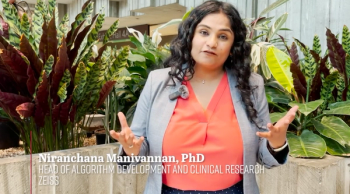
At this year's ARVO meeting in Seattle, Washington, the Eye Care Network spoke with Niranchana Manivannan, PhD. She spoke about the poster presentation, "Feasibility and clinical efficacy of an OCT B-scan of interest tool."

At this year's ARVO meeting in Seattle, Washington, the Eye Care Network spoke with Niranchana Manivannan, PhD. She spoke about the poster presentation, "Feasibility and clinical efficacy of an OCT B-scan of interest tool."

Researchers at the University of Missouri School of Medicine have conducted a study in a humanized mouse model to show that infections can occur deep inside the eye by penetrating the blood-retinal barrier.

According to the company, GLOW2 is the second Phase 3 study of tarcocimab in diabetic retinopathy in which all patients on investigational therapy will receive tarcocimab on extended dosing intervals.
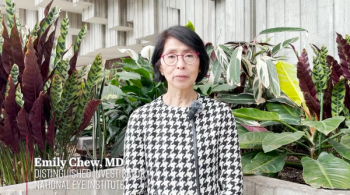
This year at ARVO, Emily Chew, MD, was awarded the Proctor Award Lecture. She spoke with the Eye Care Network about this lecture and what the award meant to her.

Researchers at Massachusetts Eye and Ear led a phase 1/2 trial, which included 14 participants, that found the experimental treatment was safe and efficacious.
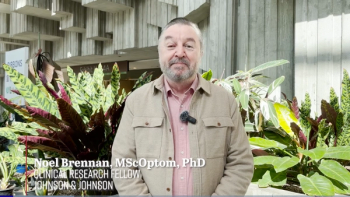
At this year's ARVO meeting in Seattle, Washington, the Eye Care Network spoke with Noel Brennan, MScOptom, PhD. The clinical research fellow at Johnson and Johnson shared highlights from his presentation on myopia control and predictive modeling.
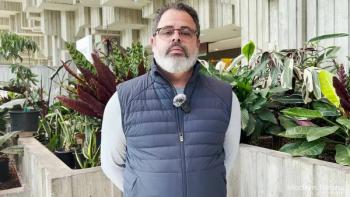
At this year's ARVO meeting, the Eye Care Network spoke with Daniel Saben PhD, who is being awarded the Cogan Lecture at this year's event.
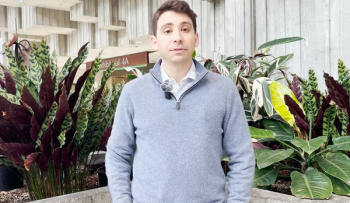
Elias Kahan speaks about his ARVO poster, "Contact specular microscopy reliably images the same location of the corneal epithelium."
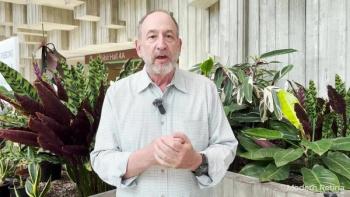
At this year's ARVO meeting, Paul Kayne, PhD, gave insight on his paper titled "Mapping the melanocortin receptors in the human eye."
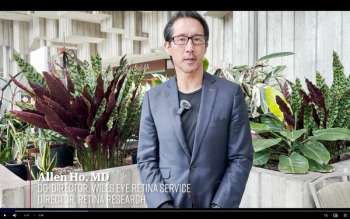
At this year's ARVO meeting, Allen Ho, MD, presented a paper on presenting a paper on the 12 month results of a mutation agnostic optogenetic program for patients with severe vision loss from retinitis pigmentosa.
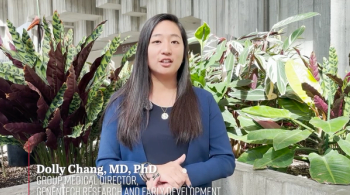
At this year's ARVO meeting, Dolly Chang, MD, PhD, presented data on the early fluid reduction in patients with diabetic macular edema, and how that correlates with 1-year outcome with a deep learning-based retina segmentation tool using the Phase 2 BOULEVARD study.
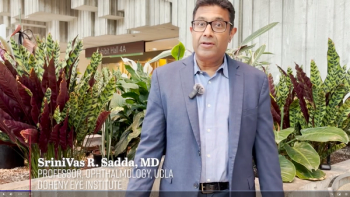
At this year's ARVO meeting, SriniVas R Sadda, MD, presented "Post Hoc Analysis of a Phase 3 Trial on SB15 (Proposed Aflibercept Biosimilar): Assessment on Pre-to-Post Switching Efficacy and Safety in Neovascular Age-related Macular Degeneration."

John Sheppard, MD, MSc, FACs, sat down to discuss post-hoc analysis of 2 FDA registration trials for perfluorohexyloctane, GOBI and MOJAVE, at this year's ARVO meeting held in Seattle, Washington, from May 5 to May 9.
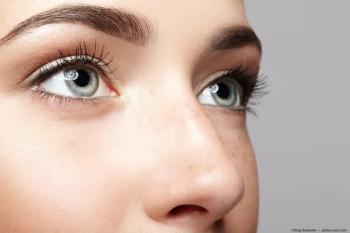
A quartet of studies presented at the Association for Research in Vision and Ophthalmology’s 2024 Annual Meeting addressed diverse retina-related challenges and unveiled findings with the potential to revolutionize vision science.
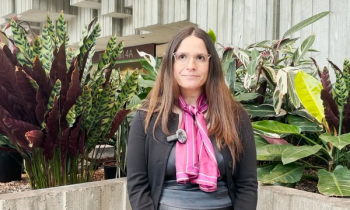
At the ARVO meeting in Seattle, Washington, the Eye Care Network spoke with Giulia Corradetti, MD about AMD.

In a presentation at the Association for Research in Vision and Ophthalmology’s 2024 Annual Meeting in Seattle, Washington, researchers used Google’s recommended top 8 uveitis patient educational websites in the study to determine whether ChatGPT 4.0 could be used as a uveitis patient online resource.
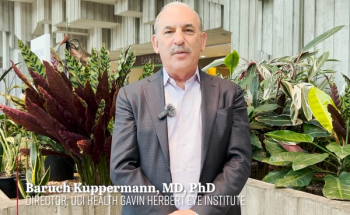
Barry Kuppermann, MD, PhD, director of the Gavin Herbert Eye Institute at the University of California Irvine, speaks about his ARVO poster presentation
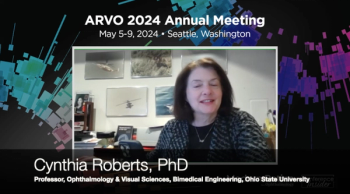
Cynthia Roberts, PhD, sat down to discuss a 5-year prospective study to compare ocular stiffness parameters in, diabetes with retinopathy, diabetes without retinopathy, and normal subjects at this year's ARVO meeting held in Seattle, Washington, from May 5 to May 9.
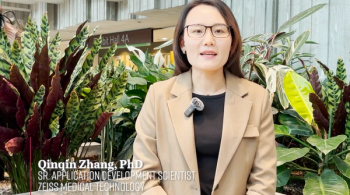
At this year's ARVO meeting, Qinqin Zhang, PhD, presented a poster titled "A unified deep learning model for geographic atrophy segmentation: Adaptable to SS-OCT and SD-OCT data with multiple scan patterns." At the conference she gave Ophthalmology Times an overview.
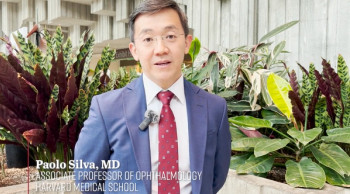
At this year's ARVO meeting, Paolo Silva, MD, presented data on Protocol AA on behalf of the DRCR Retina Network and the effect of diabetic retinopathy lesion location and severity on the risk for progression in the long term.
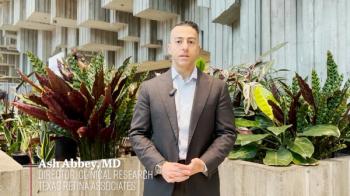
At this year's ARVO meeting, Ash Abbey, MD, Director of clinical research at Texas Retina Associates, presented 36-month data from the GALE study of pegcetacoplan for the treatment of dry age-related macular degeneration specifically geographic atrophy.

The data will be presented in oral session at the 2024 American Society of Gene & Cell Therapy meeting May 7-11 in Baltimore, Maryland.

Joseph Izatt was a skilled researcher and inventor who played a foundational role in the development of optical coherence tomography.

The WVU Health System Board of Directors recently approved $233.5 million to fund the construction of a multi-center outpatient facility with additional exam and testing rooms.

According to the company, OCU410 utilizes an AAV delivery platform for the retinal delivery of the RORA gene.
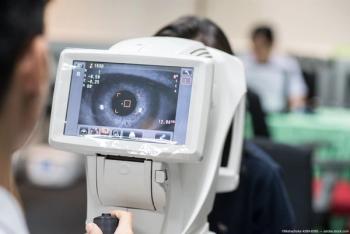
According to the company, 46.2% of patients demonstrated a 1- or 2-step improvement in the Diabetic Retinopathy Severity Scale (DRSS) at 40 weeks in the Axpaxli arm, compared to 0% in the control arm.

According to the company, SGT-1001 uses its novel gene coding technology for gene integration via transposition. It plans to advance SGT-1001 into the clinic in the first half of 2025. Preclinical data for SGT-1001 will be presented at the Association for Research in Vision and Ophthalmology and the American Society of Gene & Cell Therapy annual meetings.

The molecule is being evaluated in 2 phase 3 clinical trials for wet AMD and is administered via intravitreal injection in combination with standard-of-care anti–VEGF-A therapy.

According to the company, the grant funding from the Choroideremia Research Foundation is in support of validating functional vision assessments for patients with profound blindness.

Scientists at the National Institutes of Health use artificial intelligence called ‘P-GAN’ to improve next-generation imaging of cells in the back of the eye.